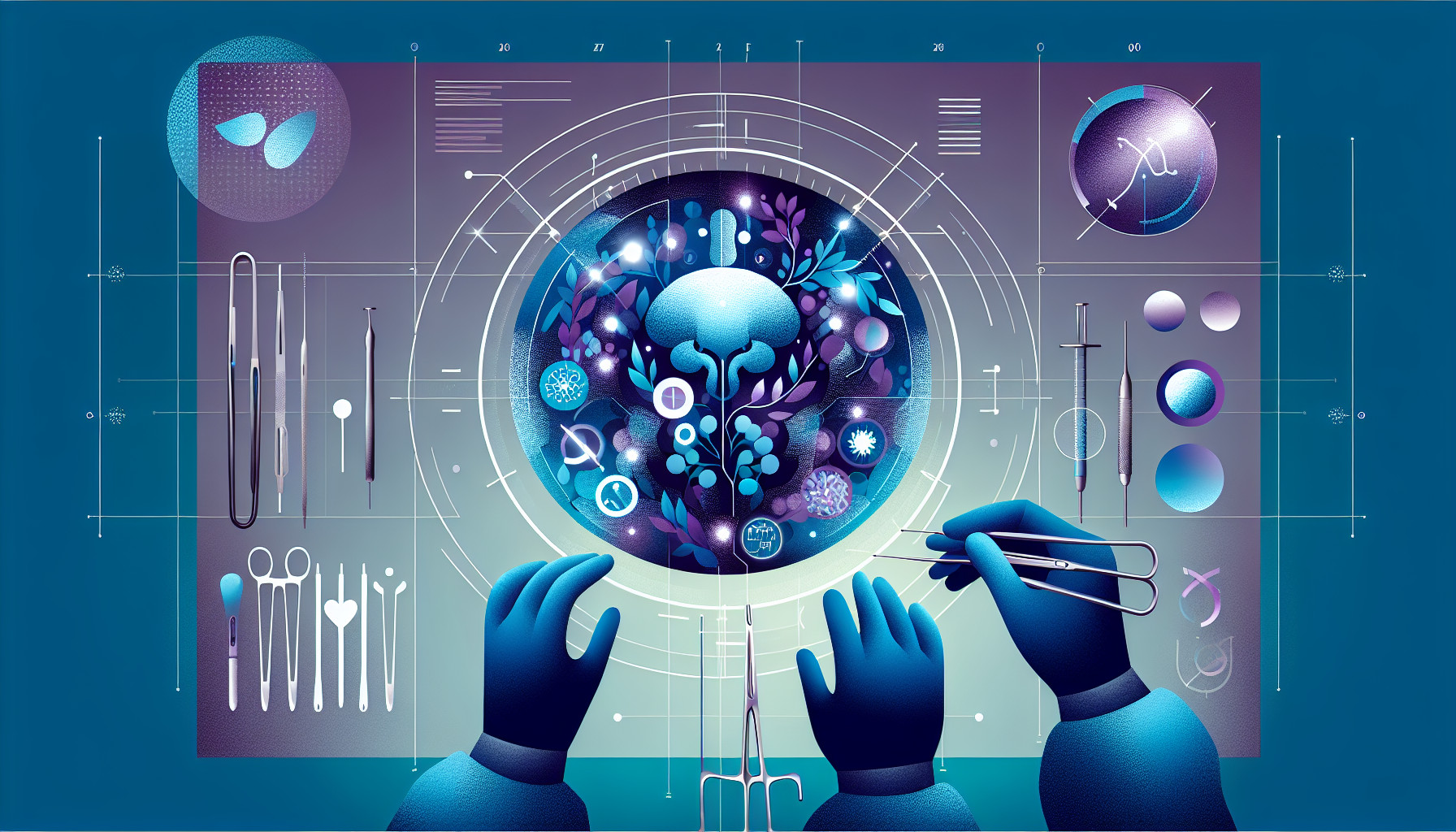Our Summary
This research paper looks into the cause of a condition called nonobstructive azoospermia - which means there is no sperm in a man’s semen - often seen in men with a birth defect known as cryptorchidism, where one or both of the testes fail to descend.
The researchers studied a group of boys who had surgery to correct a single undescended testicle and also had biopsies done on both testicles. They found that almost half of the undescended testicles and just over a fifth of the normally descended ones did not have a certain type of cell that is crucial for sperm production.
They also found that in 11% of boys, these cells were missing in both testicles. The study found a link between the situation in the undescended testicle and the normal one, suggesting that even if only one testicle is affected, it could still be a problem for both.
The researchers concluded that problems with a phase of sexual development in infancy - known as ‘mini-puberty’ - could be causing these issues. This could be one of the reasons why men with an undescended testicle often have fertility problems.
FAQs
- What is nonobstructive azoospermia and how is it related to cryptorchidism?
- What were the findings of the study conducted on boys who had surgery for a single undescended testicle?
- What is ‘mini-puberty’ and how can it lead to fertility problems in men with an undescended testicle?
Doctor’s Tip
One helpful tip a doctor might tell a patient about undescended testicle surgery is to make sure to follow up with fertility specialists if they are planning to have children in the future. It’s important to be aware of the potential impact of undescended testicles on fertility and to seek appropriate medical guidance if needed.
Suitable For
Therefore, patients who are typically recommended undescended testicle surgery are those who have been diagnosed with cryptorchidism, especially if they are experiencing fertility issues such as nonobstructive azoospermia. Surgery to correct an undescended testicle can potentially improve fertility outcomes by addressing any potential issues with sperm production in both testicles. It is important for patients with cryptorchidism to consult with a healthcare provider to determine if surgery is necessary and to discuss potential risks and benefits.
Timeline
Timeline:
Before surgery:
- Patient may be diagnosed with cryptorchidism during infancy or childhood
- Patient may experience symptoms such as pain, swelling, or discomfort in the groin area
- Patient may undergo hormone therapy or other treatments to try to correct the undescended testicle
- Patient may undergo imaging tests such as ultrasound to determine the location of the testicle
After surgery:
- Patient undergoes surgery to correct the undescended testicle
- Biopsies may be taken from both testicles to assess sperm production
- Patient may experience pain, swelling, or discomfort in the groin area post-surgery
- Patient may need to wear a scrotal support or take pain medication as needed
- Patient may need to follow up with their healthcare provider for monitoring and evaluation of sperm production
Overall, the timeline for a patient with an undescended testicle before and after surgery involves diagnosis, treatment, and monitoring to assess fertility potential and address any complications related to the condition.
What to Ask Your Doctor
- What is the likelihood of fertility issues after undergoing undescended testicle surgery?
- Are there any long-term risks or complications associated with this surgery?
- How soon after surgery can I expect to see improvement in fertility potential?
- Will I need to undergo additional treatments or procedures to improve fertility after surgery?
- Are there any lifestyle changes or precautions I should take post-surgery to optimize fertility potential?
- How often should I follow up with a urologist or fertility specialist after surgery?
- Are there any alternative treatments or therapies available for improving fertility in men with undescended testicles?
- Will having one undescended testicle affect my overall hormonal balance or sexual function?
- Are there any genetic factors that may have contributed to my condition, and should I consider genetic testing?
- What are the chances of the condition recurring in the future, and are there any preventative measures I can take?
Reference
Authors: Verkauskas G, Malcius D, Dasevicius D, Hadziselimovic F. Journal: Pediatr Dev Pathol. 2019 Jan-Feb;22(1):53-58. doi: 10.1177/1093526618789300. Epub 2018 Jul 16. PMID: 30012073
